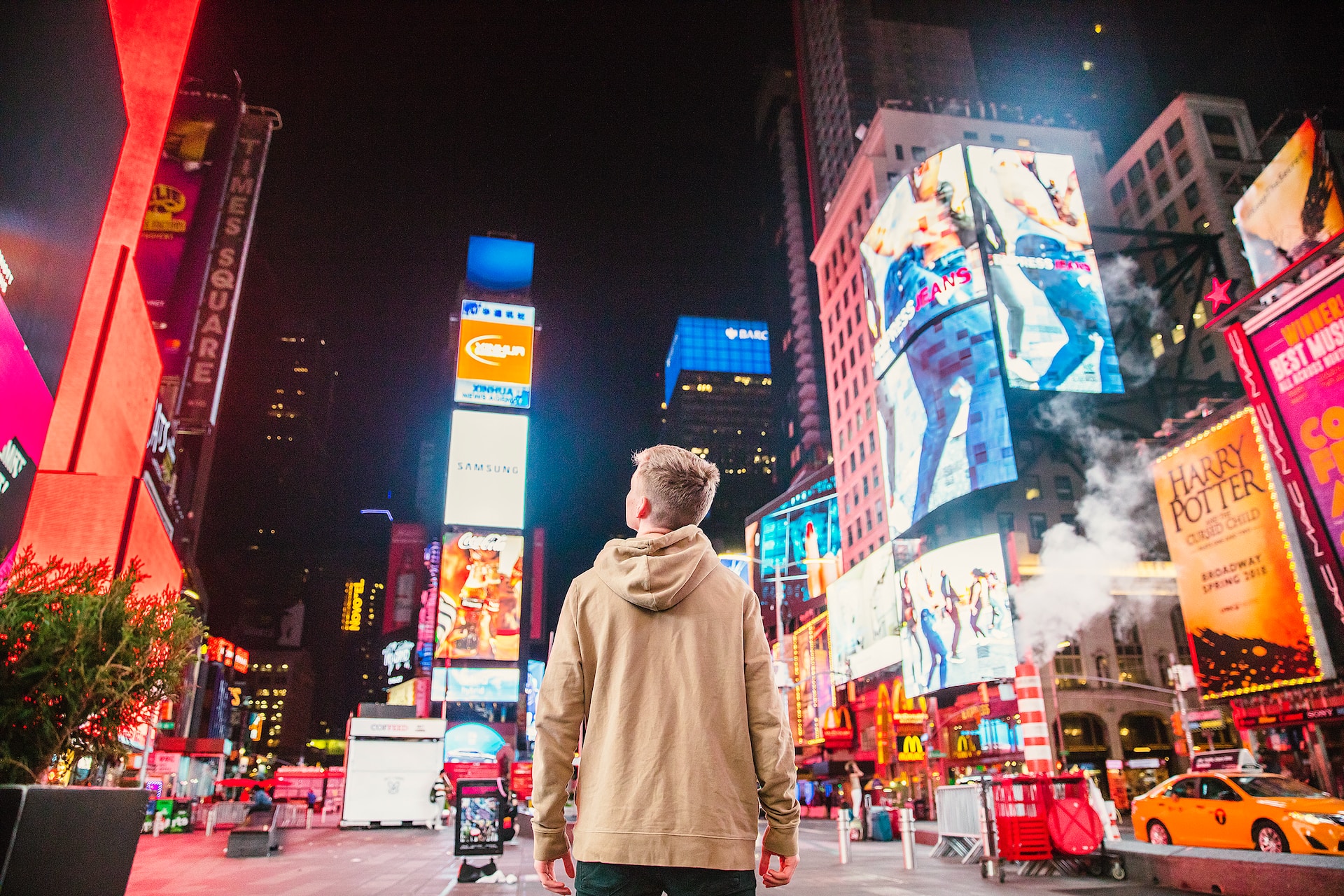DOOH, digital out of home: what is street advertising
Nowadays, advertising is essential for companies and businesses that want to make themselves known and expand their audience. While this was once limited to print media, with the advent of digital we can now find it simply by connecting to the internet on our smartphone or computer. But that is not all. Thanks to the intersection of traditional and digital, we can now also find advertising on the street, in a particularly engaging and effective form. We speak of DOOH, or ‘digital out of home’, as an innovative alternative to paper billboards and leafleting in the streets. Let’s see what it is about, and what the main features and advantages are.
What is Digital Out Of Home (DOOH)
DOOH is a form of digital advertising that takes place, as the word announces, outside the home, that is, in open spaces. We can define it as a branch of Digital Signage as the objective is always the same: to broadcast advertising content and attract the attention of potential customers even when they are offline. DOOH advertising is shown on LED screens, big screens or other elements of street furniture such as digital totems and LEDwalls. On the pages of specialised companies such as https://www.macropix.com/ you can find a lot of information on these technological devices.
LEDwalls are usually installed in strategic locations, such as airports or shopping centres, so that they can capture the attention of as many people as possible. The digital content broadcast is usually a mix of advertising and entertainment that, if designed in a creative and original way, is able to reach an increasingly wide range of users. Indeed, one of the great advantages of DOOH is that it offers people very strong visual and sensory experiences that can be easily remembered even once they return home.
Advantages of DOOH
The market of digital out-of-home advertising is constantly growing. As stated in this research, the versatility and low economic impact of changing the advertising message within screens make this type of advertising particularly popular with marketers who can optimise their campaigns in real time and in very few steps.
Compared to other online advertising message delivery processes, DOOH is a passive delivery method, i.e., it does not interrupt the activities performed by the user, but is able to attract their attention. This is made possible through dynamic and often interactive messages, which in most cases are designed to stick in the memory of consumers. This effectiveness is also given by the quality of LED displays capable of reproducing high quality multimedia content.
All this easily translates into greater brand awareness and authority, and greater effectiveness and memorability of the message conveyed.
An expanding market
Reaching as many people as possible, making themselves recognisable and renewing their ways of advertising are therefore some of the goals that more and more companies around the world are trying to achieve. This is why DOOH advertising is an expanding market that is destined to grow and improve more and more in terms of performance and quality of image reproduction and resolution.
As already mentioned, its effectiveness on people’s emotionality is unparalleled given that, unlike other digital and non-digital media, it is a type of advertising that, although not aggressive, is difficult to ignore. It is no wonder, then, that reports tell us that the global DOOH advertising market is on the rise and will grow exponentially in the coming years.
The future of digital out-of-doors is, therefore, bright. Some argue that in the future its efficiency and performance could increase and improve greatly. This process could be facilitated by the use of the increasingly popular artificial intelligence, which would allow the advertiser to reach the audience even more directly and; it is also thought that it will also be possible to monitor the flow of users who are captured and interact with advertising LED screens. Digital advertising, both online and offline, will therefore be increasingly important in enhancing and driving the shopping experience of consumers, who will become increasingly loyal to their core brands.
